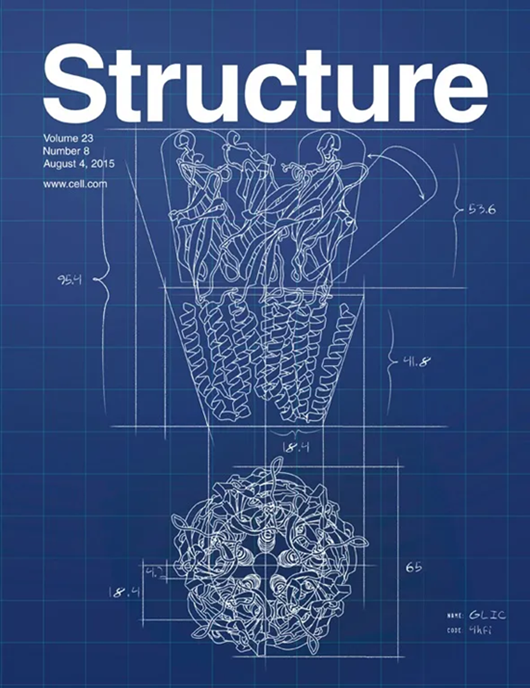Sla2是网格蛋白轻链和Pan1/End3/Sla1复合物相互作用的核心枢纽
IF 4.3
2区 生物学
Q2 BIOCHEMISTRY & MOLECULAR BIOLOGY
引用次数: 0
摘要
Sla2是一种重要的内吞中外壳适应蛋白,其相互作用网络经历了不断的重排。Sla2作为连接膜和肌动蛋白细胞骨架的支架,其作用受到网格蛋白轻链(CLC)的调节,在一定条件下,网格蛋白轻链会抑制Sla2的功能。我们发现Sla2具有两个独立的CLC结合位点:一个先前在真菌(Sla2)和后生动物(Hip1R)的同源物中发现,另一个仅在真菌中发现。我们提出了在调控结构域的背景下Sla2肌动蛋白结合域的结构模型。我们提供了Sla2与调节蛋白Sla1和Pan1的相互作用图,通过AI建模预测并通过分子生物物理技术证实。Pan1可能与CLC竞争保守的sla2结合位点。这些结果增强了内吞检查点关键相互作用的图谱,并突出了后生动物和真菌在这一重要过程中的差异。本文章由计算机程序翻译,如有差异,请以英文原文为准。
Sla2 is a core interaction hub for clathrin light chain and the Pan1/End3/Sla1 complex
The interaction network of Sla2, a vital endocytic mid-coat adaptor protein, undergoes constant rearrangement. Sla2 serves as a scaffold linking the membrane to the actin cytoskeleton, with its role modulated by the clathrin light chain (CLC), which inhibits Sla2’s function under certain conditions. We show that Sla2 has two independent binding sites for CLC: one previously described in homologs of fungi (Sla2) and metazoa (Hip1R), and a second found only in Fungi. We present the structural model of the Sla2 actin-binding domains in the context of regulatory structural domains by cryoelectron microscopy. We provide an interaction map of Sla2 and the regulatory proteins Sla1 and Pan1, predicted by AI modeling and confirmed by molecular biophysics techniques. Pan1 may compete with CLC for the conserved Sla2-binding site. These results enhance the mapping of crucial interactions at endocytic checkpoints and highlight the divergence between Metazoa and Fungi in this vital process.
求助全文
通过发布文献求助,成功后即可免费获取论文全文。
去求助
来源期刊

Structure
生物-生化与分子生物学
CiteScore
8.90
自引率
1.80%
发文量
155
审稿时长
3-8 weeks
期刊介绍:
Structure aims to publish papers of exceptional interest in the field of structural biology. The journal strives to be essential reading for structural biologists, as well as biologists and biochemists that are interested in macromolecular structure and function. Structure strongly encourages the submission of manuscripts that present structural and molecular insights into biological function and mechanism. Other reports that address fundamental questions in structural biology, such as structure-based examinations of protein evolution, folding, and/or design, will also be considered. We will consider the application of any method, experimental or computational, at high or low resolution, to conduct structural investigations, as long as the method is appropriate for the biological, functional, and mechanistic question(s) being addressed. Likewise, reports describing single-molecule analysis of biological mechanisms are welcome.
In general, the editors encourage submission of experimental structural studies that are enriched by an analysis of structure-activity relationships and will not consider studies that solely report structural information unless the structure or analysis is of exceptional and broad interest. Studies reporting only homology models, de novo models, or molecular dynamics simulations are also discouraged unless the models are informed by or validated by novel experimental data; rationalization of a large body of existing experimental evidence and making testable predictions based on a model or simulation is often not considered sufficient.
 求助内容:
求助内容: 应助结果提醒方式:
应助结果提醒方式:


